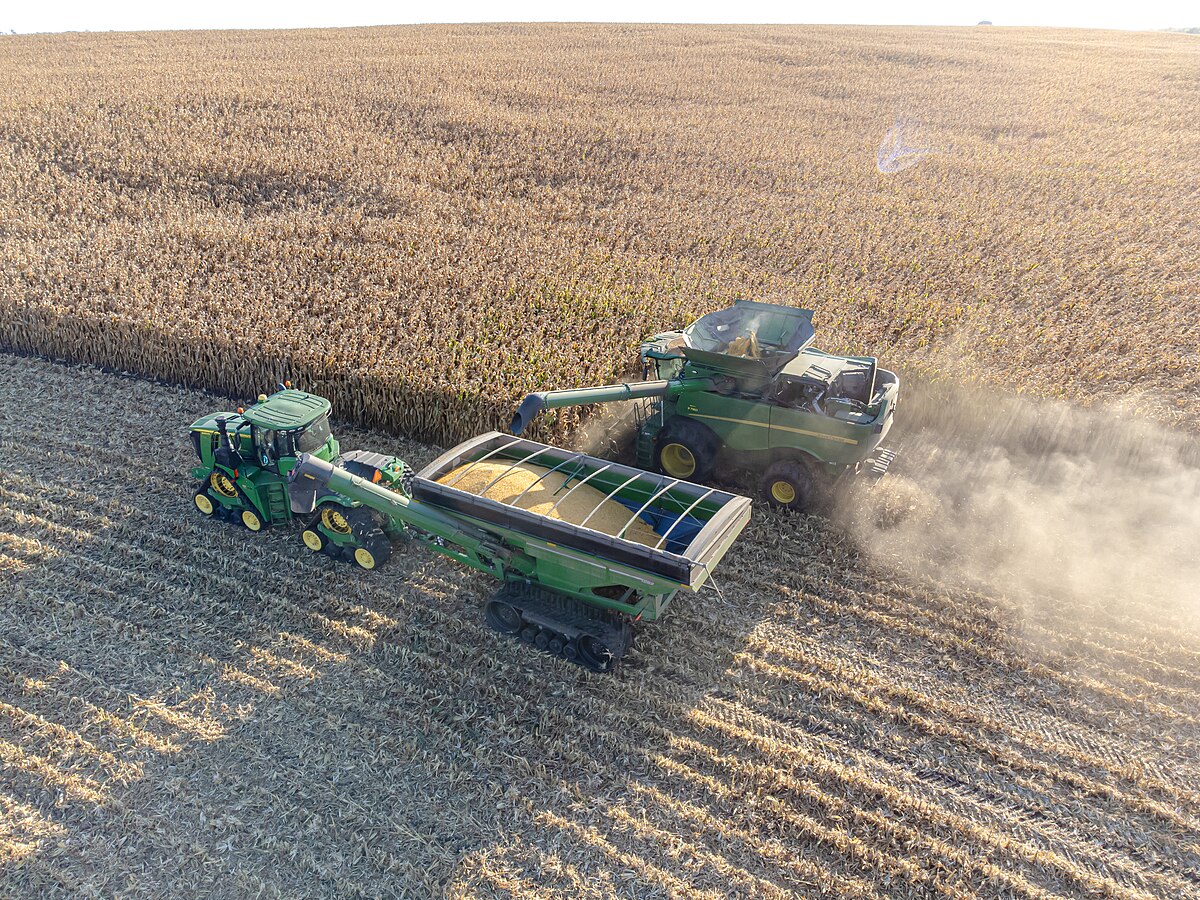Upper Coastal Plain Corn Hybrid Evaluation Results
go.ncsu.edu/readext?974105
en Español / em Português
El inglés es el idioma de control de esta página. En la medida en que haya algún conflicto entre la traducción al inglés y la traducción, el inglés prevalece.
Al hacer clic en el enlace de traducción se activa un servicio de traducción gratuito para convertir la página al español. Al igual que con cualquier traducción por Internet, la conversión no es sensible al contexto y puede que no traduzca el texto en su significado original. NC State Extension no garantiza la exactitud del texto traducido. Por favor, tenga en cuenta que algunas aplicaciones y/o servicios pueden no funcionar como se espera cuando se traducen.
Português
Inglês é o idioma de controle desta página. Na medida que haja algum conflito entre o texto original em Inglês e a tradução, o Inglês prevalece.
Ao clicar no link de tradução, um serviço gratuito de tradução será ativado para converter a página para o Português. Como em qualquer tradução pela internet, a conversão não é sensivel ao contexto e pode não ocorrer a tradução para o significado orginal. O serviço de Extensão da Carolina do Norte (NC State Extension) não garante a exatidão do texto traduzido. Por favor, observe que algumas funções ou serviços podem não funcionar como esperado após a tradução.
English
English is the controlling language of this page. To the extent there is any conflict between the English text and the translation, English controls.
Clicking on the translation link activates a free translation service to convert the page to Spanish. As with any Internet translation, the conversion is not context-sensitive and may not translate the text to its original meaning. NC State Extension does not guarantee the accuracy of the translated text. Please note that some applications and/or services may not function as expected when translated.
Collapse ▲Below, you will find the results of the 2023 N.C. Cooperative Extension Upper Coastal Plain regional corn hybrid evaluation. This year’s evaluation included eleven locations across eight Upper Coastal Plain counties, including Bertie, Edgecombe, Halifax, Hertford, Martin, Nash, Northampton, and Washington. Each participating county included one dryland site, while Nash and Northampton counties also included an irrigated site. Note: All sites used the same check hybrid (e.g. Dekalb DKC67-44VT2P), which was placed on the outside borders of the plot and then once every third tested hybrid within the plot.
This year, we set up the evaluations so the grower could install a hybrid of their choice within the study. On average, they selected well for the dryland environment.
In the document on page 1, you will find the test hybrids listed in descending order according to average yield across the dryland locations, with a rank of “1” indicating the highest yield and a “21” for the lowest yield. The top three hybrids ranked are indicated by color, with blue, red, and yellow for 1st, 2nd, and 3rd, respectively. To the right side of the table, you will find a similar ranking system for the irrigated only sites. You’ll find the ranking for the dryland and irrigated sites combined to the far left.
On page 2, you will see the relevant production information for each site.
A special thank you goes out to each location’s participating growers and facilities. Without your cooperation and support, this level of investigation would not be possible.
We would also like to thank the Corn Growers Association of North Carolina for supporting this effort. Through their support and with the continuing support from our local agribusiness partners, we generated this data across a large area of North Carolina while maintaining a local focus.





